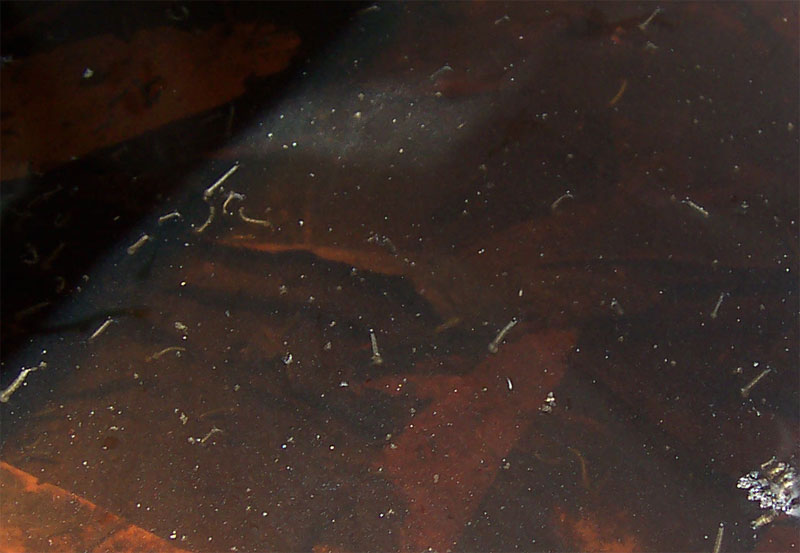Water stagnation
|
WikiDoc Resources for Water stagnation |
|
Articles |
|---|
|
Most recent articles on Water stagnation Most cited articles on Water stagnation |
|
Media |
|
Powerpoint slides on Water stagnation |
|
Evidence Based Medicine |
|
Clinical Trials |
|
Ongoing Trials on Water stagnation at Clinical Trials.gov Trial results on Water stagnation Clinical Trials on Water stagnation at Google
|
|
Guidelines / Policies / Govt |
|
US National Guidelines Clearinghouse on Water stagnation NICE Guidance on Water stagnation
|
|
Books |
|
News |
|
Commentary |
|
Definitions |
|
Patient Resources / Community |
|
Patient resources on Water stagnation Discussion groups on Water stagnation Patient Handouts on Water stagnation Directions to Hospitals Treating Water stagnation Risk calculators and risk factors for Water stagnation
|
|
Healthcare Provider Resources |
|
Causes & Risk Factors for Water stagnation |
|
Continuing Medical Education (CME) |
|
International |
|
|
|
Business |
|
Experimental / Informatics |
Water stagnation occurs when water stops flowing. Stagnant water can be a major environmental hazard.
Dangers
Malaria and dengue are among the main dangers of stagnant water, which can become a breeding ground for the mosquitoes that transmit these diseases.
Stagnant water can be dangerous for drinking because it provides a better incubator (than running water) for many kinds of bacteria, and other parasites.
Causes and prevention
Stagnant water may be classified into the following basic, although overlapping, types:
- Water body stagnation: stagnation in lakes, lagoons, rivers, etc.
- Surface and ground water stagnation
- Trapped water stagnation. The water may be trapped in human artifacts (discarded cans, plant pots, tires, dug-outs, roofs, etc.), as well as in natural containers, such as hollow tree trunks, leaf sheaths, etc.
To avoid ground and surface water stagnation, drainage of surface and subsoil is advised. Areas with a shallow water table are more susceptible to ground water stagnation due to the lower availability of natural soil drainage.
Excessive watering may cause ground or surface water stagnation.
Life that may thrive in stagnant water
Some plants prefer flowing water, while others, such as lotuses, prefer stagnant water.
Bacteria
Various anaerobic bacteria are commonly found in stagnant water.
- Denitrifying bacteria
- Purple bacteria (both sulfur and non-sulfur)
- Leptospira
Fish
- Northern snakehead fish
- Siamese fighting fish
- Pygmy gourami
- Spotted barb
- Lepisosteidae (gar)
- Walking catfish

Insects
Stagnant water is the favorite breeding ground for a number of insects.
Other
Miscellanea
Pools of stagnant water have historically been used in the processing of hemp and some other fiber crops, as well as of linden bark used for making bast shoes. Several weeks of soaking makes bast easily separable due to bacterial and fermentative processes.